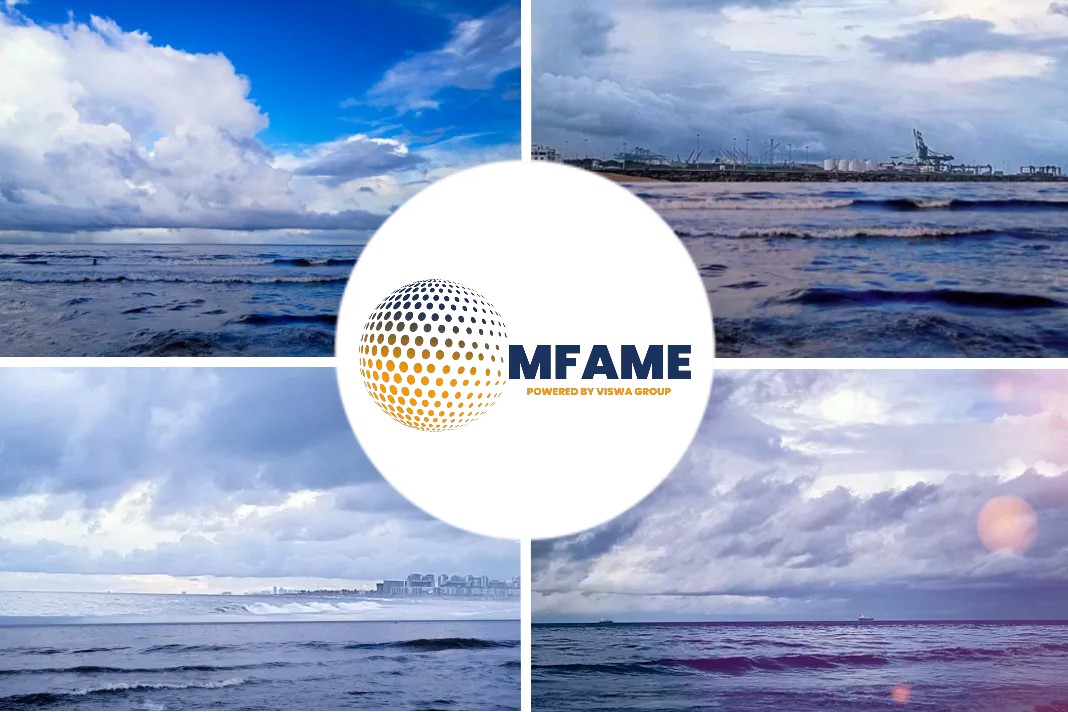- The oceans consist of 71% of the earth’s surface, so one would think they would be big enough to enable ships to avoid each other.
- Unfortunately, that’s not the case. Not a week goes by, seemingly, when there’s not news of collisions or near-collisions between ships.
- Fishing vessels and cruise ships, cargo vessels and docks, even advanced military vessels – all of them are potential players in a collision scenario.
Ship collisions are still a major problem: can AI help?, writes Baihbav Mishra for Sea News. The technical inputs in this article are based on the views of Yarden Gross, CEO of Orca AI.
Better methods to avoid collision
Accidents cost the maritime economy billions of dollars a year, but better methods of avoiding them could bring that bill down significantly.
Artificial intelligence (AI) and machine learning systems – which have helped advance safety and efficiency in many industries – can do the same for ships.
What is the outcome a collision?
Those collisions can result in investigations, legal action, lawsuits, death – even international incidents.
That latter near-collision involved American and Russian Navy ships which “narrowly avoided” crashing into each other in early January after the American vessel was “aggressively approached” by the Russian vessel, according to the U.S. Navy’s Fifth Fleet. Had that collision actually happened, there’s no telling what the world would look like now.
3,000 marine collisions each year
But even without the risk of a world war, ship collisions are damaging enough. Statistics show there are some 3,000 marine collisions each year, costing companies upwards of $20 billion. Although the oceans are big, ships traverse specific routes, which can get crowded.
Modern ships, of course, are outfitted with equipment, like radar, that help them detect and avoid other vessels, but since/ accidents are occurring on a regular basis, it’s clear that the current methods are not sufficient.
Studies show that some three quarters of collisions are due to human error – which current collision avoidance methods are not compensating for.
What are the measures to avoid collision?
In a brochure aimed at recreational boaters in the crowded Chesapeake Bay, for example, officials instruct boaters to “keep a constant lookout,” “stay out of the way,” “be visible,” and “carry a radar reflector, though there is no guarantee that a ship will spot you.”
It’s good advice, but it relies heavily on appropriate actions and responses of sailors – which is, of course, subject to human error.
How about larger ships?
- For larger ships, radar is an important tool to avoid collisions.
- It can operate in conditions of low visibility and can track other ships even when they are no longer visible.
- On the other hand, radar can crash, and it is often adversely affected by rain.
- In addition, antennas can malfunction, or a display could black out because of environmental or electronic issues.
Additionally, radar tends to perform less well in crowded areas.
According to industry experts, how effective a radar system is depends on the skills of the navigator operating the system.
The numbers tell the story; radar, along with other systems currently in use, are not effective enough in helping ships avoid collisions.
AI-based collision avoidance system
What, then, can be done? One answer lies in AI and machine learning. An AI-based collision avoidance system can analyze the likelihood of a collision based on data from cameras, GPS, AIS, ARPA, etc., and alert crew that action needs to be taken to avoid an accident.
Functioning of machine learning-based collision avoidance system
A machine learning-based collision avoidance system would garner data from all inputs and analyze it to determine the possibilities of collision, based on position, speed, movement, routes, and dozens of other factors that could cause ships to collide. With that wealth of data, systems can make better predictions earlier on, ensuring that ships give each other enough time to change their route if a collision appears to be in the offing.
What is the other big advantage of such systems?
The other big advantage of such systems is their “learning” aspect. Every encounter a ship has with other objects feeds the system’s database, giving it more data points to analyze and plug into its predictive models.
The more “educated” the system gets, the more precise it becomes in its estimates, and the earlier it can warn ship operators of impending danger.
What does the data gathered do?
The data gathered to prevent collisions can be used in other ways, as well. Data can be analyzed to provide information on speed, environmental conditions, tides, and many other factors that affect shipping to improve efficiency, routes, fuel usage, and much more.
Installing such systems on ships will bring additional costs for ship owners in the short term, but moving to collision avoidance systems based on AI will protect their fleet and save lives. The sooner ship owners move to AI, the safer shipping will be.
Did you subscribe to our daily newsletter?
It’s Free! Click here to Subscribe!
Source: Sea News























